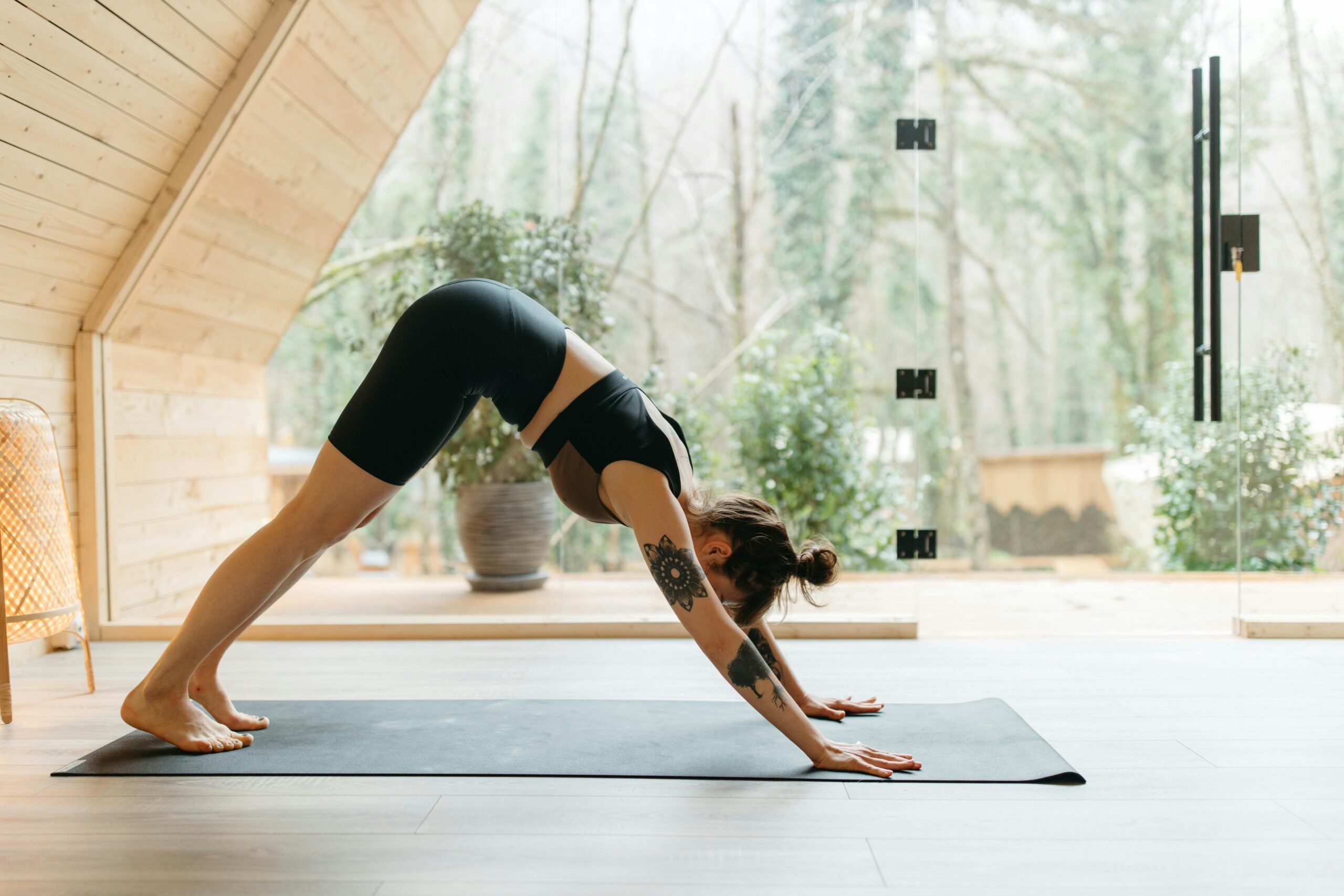
"There's a pit of dread in my stomach. I awkwardly fidget, trying to balance my weight evenly between my hands and feet but inevitably paining my wrists or ripping my hamstrings seemingly in half. What should be an inverted V shape more closely resembles the upper half of a capital D, my legs the straight line and my back the rounded curve, too stiff to straighten. Even if I could do it, it doesn't look quite right. "This is terrible," I think."
"This is my experience every damn time a yoga teacher cues the first Downward Dog of class. It's accompanied, of course, by endless frustration. There have been plenty of classes in which I quit Down Dog after that first miserable one. For the rest of the practice, each time Down Dog was cued, I'd come into Child's Pose, Hero's Pose, or literally anything else, for the sake of avoiding further discomfort."
"It wasn't until recently that I realized there's often a reward for doing the hard thing on the yoga mat-in this case, an (eventually) satisfying stretch. I don't know what came over me, but during class, I committed to coming into Down Dog every time it was cued and something kinda magical happened. It started to feel more comfortable, more fluid, and even more satisfying the more I practiced it."
Initial attempts at Downward Dog often provoke anxiety and physical discomfort, with the body feeling stiff, wrists pained, and hamstrings strained. Many people avoid the pose by substituting Child's Pose, Hero's Pose, or other alternatives to escape further discomfort. Committing to practice Downward Dog consistently leads to gradual improvement, making the pose feel more comfortable, fluid, and satisfying. Downward Dog requires significant flexibility throughout the back body, including the calves, hamstrings, and lower back. The first repetition of class tends to feel most intense due to tight muscles and the pose's demanding nature. Persistence produces tangible rewards.
Read at Yoga Journal
Unable to calculate read time
Collection
[
|
...
]